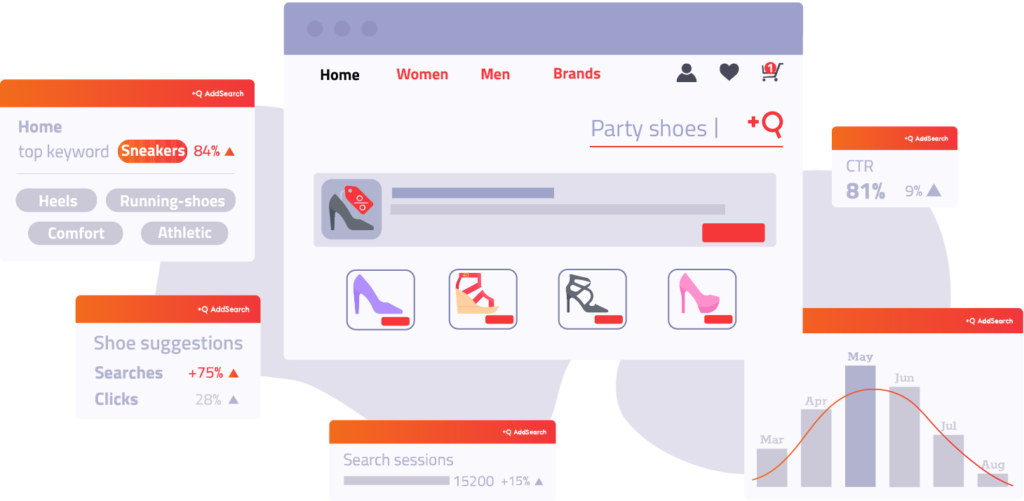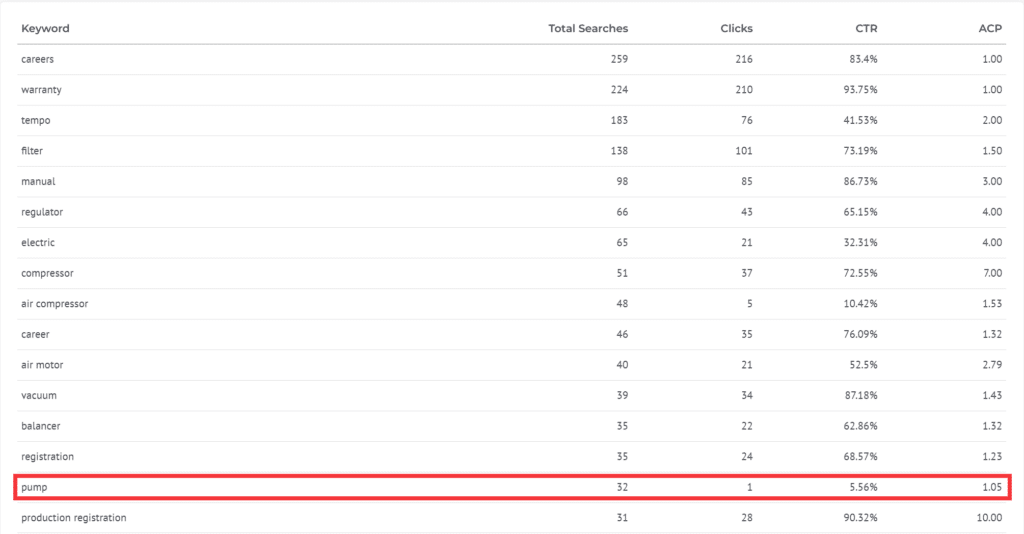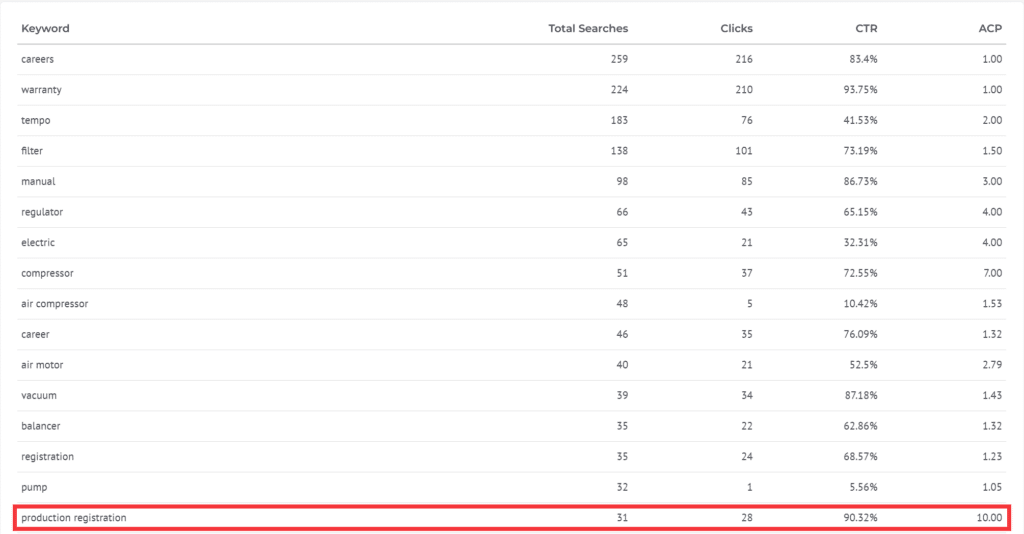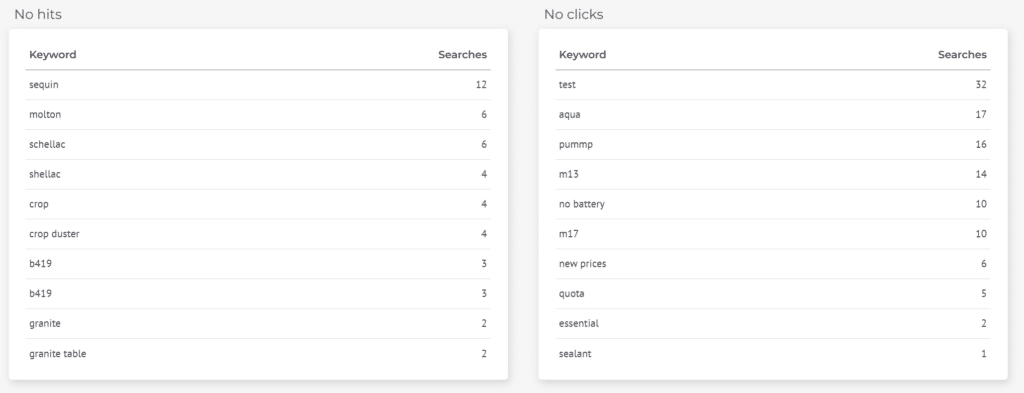In the world of e-commerce, understanding your customers is the key to winning the game. It’s about anticipating their needs, catering to their desires, and responding to their buying intent. But how do you get inside their heads? How do you decipher the clues they leave behind? The answer lies in the treasure trove of data generated by your site search. This data is more than just numbers and statistics; it’s a window into your customers’ minds, a secret decoder ring for their wants and needs.
Site search data is like a bustling cocktail party. Every search query is a conversation, a whispered secret; a shouted demand. It’s your customers telling you what they want, what they’re interested in, and what they’re not finding. And you, my friend, are the ultimate eavesdropper. But eavesdropping is just the first step.
Decoding the data: Understanding your customers’ needs
Decoding site search data is a crucial step in understanding your customers. Each search query is a direct communication from your customer, telling you what they’re looking for, what they’re interested in, and what they’re not finding on your site.
But how do you make sense of all this data? That’s where search analytics tools come into play. Tools like those offered by AddSearch provide you with more than just raw data; they give you insights. They help you understand the relationship between your customers’ search queries and their behavior, giving you a deeper understanding of their needs and desires.
These tools analyze your site search data and provide you with valuable metrics such as the most popular search terms, the search terms with low click-through rates, and the search terms with high conversion rates. With these insights, you can start to see patterns and trends and gain a better understanding of what your customers are really looking for.

If you’re interested in diving deeper into the process of understanding site search data, do yourself a favor and check out our post on Simplifying Site Search Data. Trust me, it’s worth the detour.
Crafting your content strategy: Turning data into action
Now that you understand your site search data, it’s time to put those insights to work. Here’s how you can use specific search data metrics to craft and fine-tune your content strategy:
Identify Popular Search Terms: Look at the most frequently used search terms. For example, if ‘organic skincare’ is a popular search term, this indicates a strong interest in this topic among your customers. Create content that explores the benefits of organic skincare, the best organic skincare products, and tips for incorporating them into a daily routine. This could include blog posts, product guides, and even interviews with skincare experts. You could also consider creating a series of social media posts or an email campaign around this topic to engage your audience further.
Spot the Gaps: Look at search terms with a low click-through rate (CTR). If customers are frequently searching for ‘vegan leather bags’ but not clicking on any results, it suggests your site lacks relevant content. Fill this gap by creating a buying guide for vegan leather bags, highlighting the brands you carry, and sharing tips for caring for vegan leather products. You could also consider featuring customer reviews and testimonials for your vegan leather products to build trust and credibility. Don’t forget to promote this new content on your social media channels and in your email newsletters to ensure it reaches your audience.

Understand Buying Intent: Look at search terms with a high CTR and a high average click position (ACP) value. If ‘best DSLR cameras’ is such a term, it suggests customers are actively considering buying a DSLR camera. Create content that caters to these customers, such as a comparison guide of the best DSLR cameras, tips for choosing the right DSLR camera, and reviews of popular models. You could also create video content showing the cameras in action, or host a webinar where customers can ask questions to a camera expert. Consider creating a dedicated landing page for DSLR cameras to further guide these customers towards making a purchase.

Optimize Existing Content: Look at the search terms related to your existing content. If your ‘Guide to Indoor Gardening’ blog post isn’t generating the expected traffic, and customers are searching for ‘how to grow herbs indoors,’ but your guide doesn’t cover this topic, it’s time to update your content to address this query. You could add a section on growing herbs indoors, or create a new blog post on this topic and link to it from the original guide. Remember to monitor the performance of your content over time and be ready to make adjustments based on your site search data.
Plan Future Content: Use your site search data to identify trends and anticipate future content needs. If you notice an increase in searches for ‘sustainable fashion’ over the past few months, it could indicate a growing interest in this topic among your customers. Plan your future content around this trend, such as a series on sustainable fashion brands, tips for shopping sustainably, and the impact of sustainable fashion on the environment.

Conclusion: The power of a data-driven content strategy
In the world of e-commerce, site search data is your secret weapon. It’s a rich source of insights that can help you understand your customers, create content that resonates with them, and, ultimately, drive engagement and conversions.
But remember, data is just the beginning. The real magic happens when you transform that data into action. When you use it to craft a content strategy that speaks to your customers’ needs, fills the gaps in your content, understands and caters to their buying intent, personalizes their experience, and continually optimizes your existing content.
So, start listening to your customers’ conversations. Decode their language. Use these insights to craft a winning content strategy. And watch as your e-commerce site transforms into a customer magnet, a hub of engagement, and a beacon of customer satisfaction.



